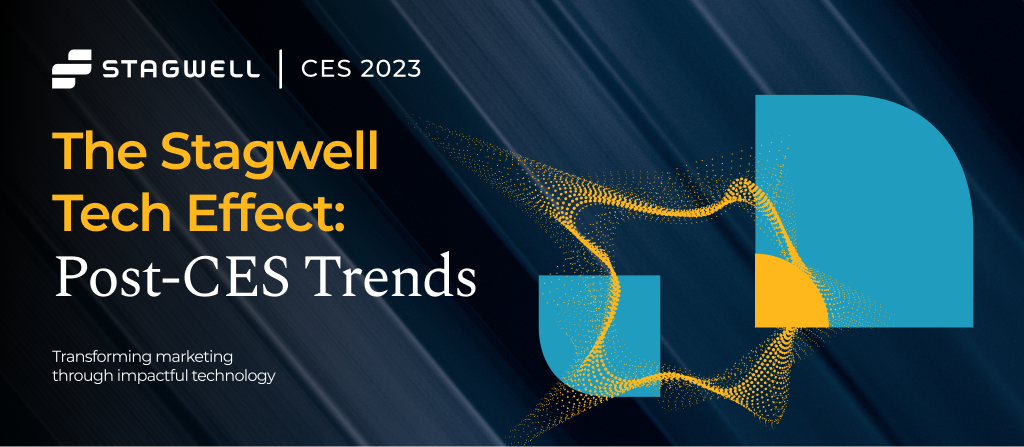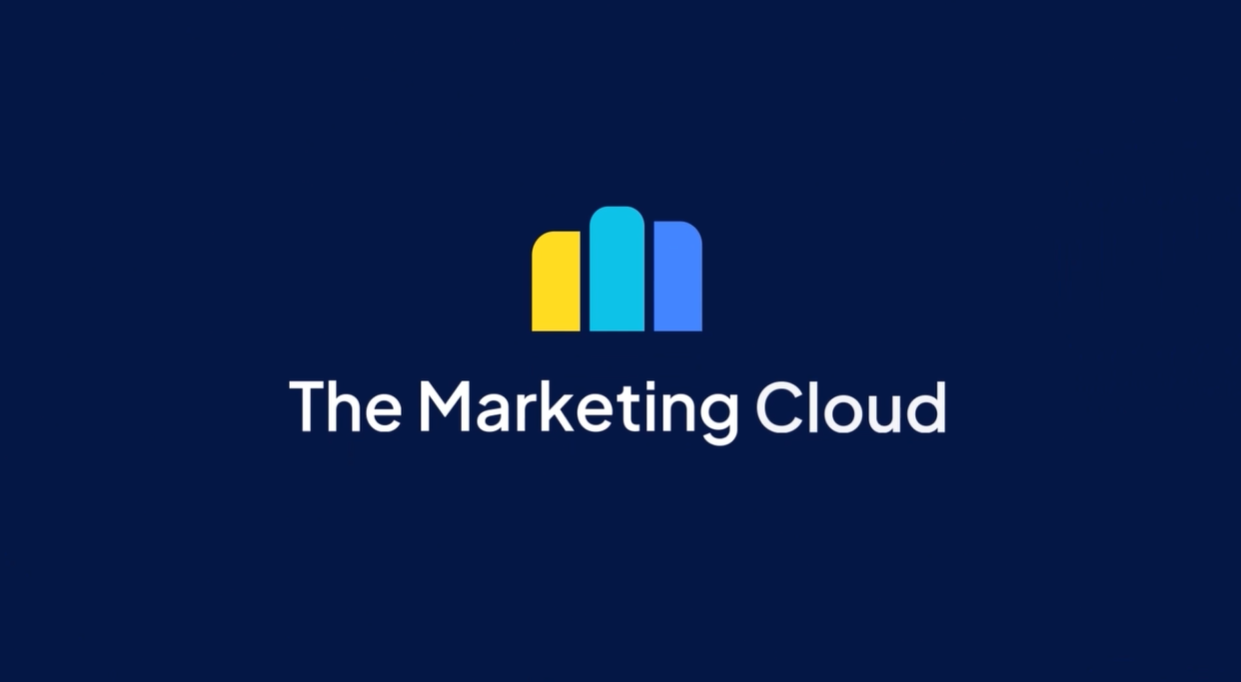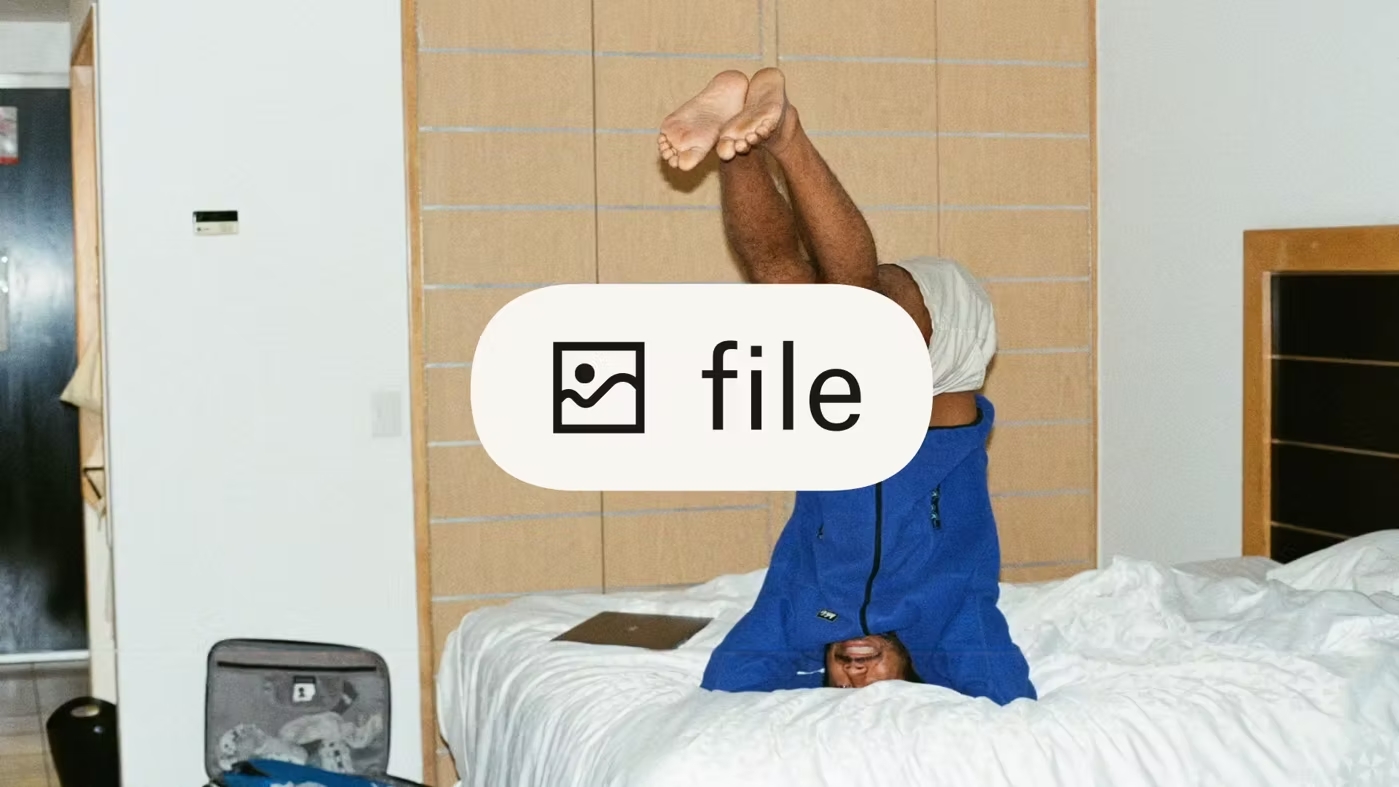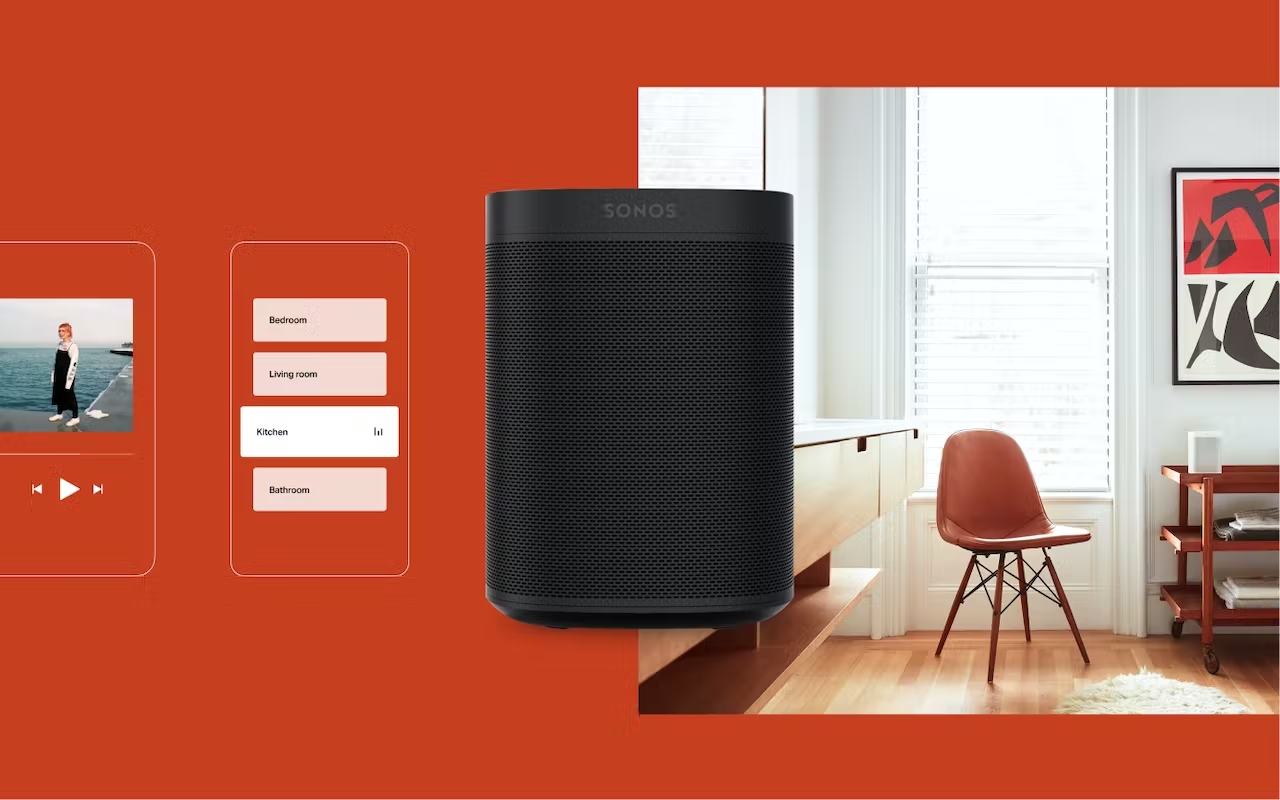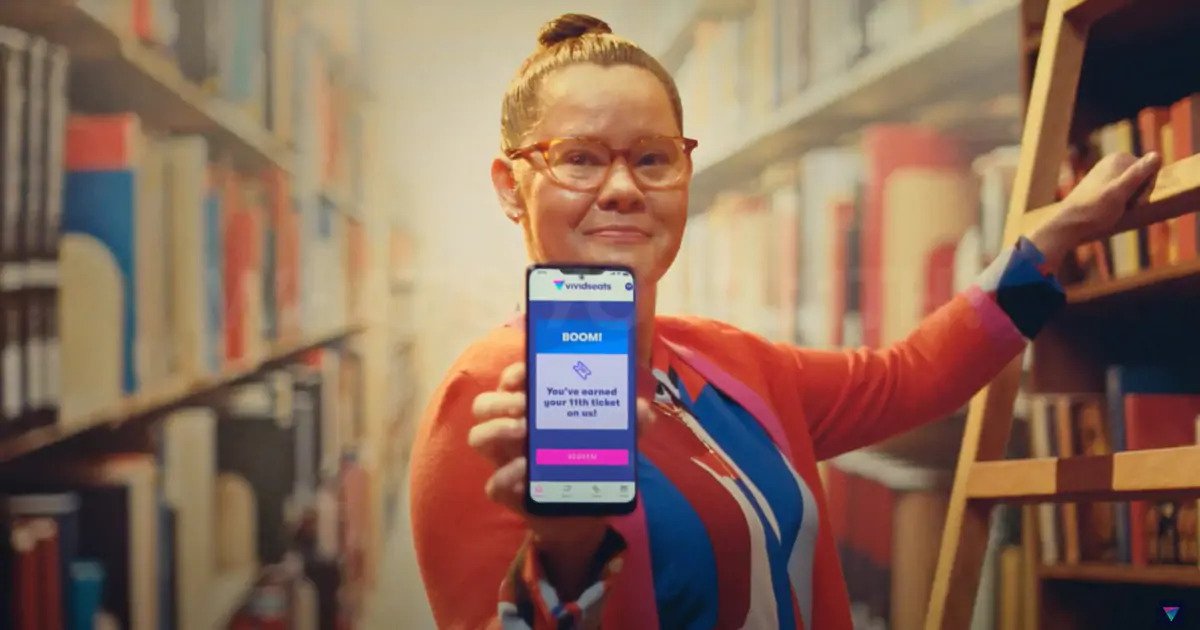I’ve always been fascinated by the idea that when we look up at the night sky, we don’t see the stars as they are but as they were. Even the star closest to us, other than the sun, takes 4.3 years to reach our eyes. It makes you think about that journey, and all the moments that lead up to that single speck of light emerging in the distance.
As human beings, the shaping of our identity is often just as complex. Like the starlight taking years to hit our eyes, we can’t always pinpoint the exact correlation between events of the past and who we are today. We are moments that add up, collected and built upon like a scrapbook. Not just life’s big occasions, but the everyday ones too—a lazy day reading, a camping trip, a bike ride in the rain, the sound of the trees outside our childhood windows. It’s these fleeting moments in time that shape who we are and how people perceive us. “How we spend our days is, of course, how we spend our lives,” wrote Annie Dillard, which rings true.
At Instrument, when we talk about branding, we think about experience in a similar way. To us, a brand is defined by numerous interactions between them and a customer. Each of these moments represent an opportunity for a brand to create a deeper, more meaningful connection—whether it’s a social post, a billboard, a mobile checkout experience, or a simple push notification. How a brand shows up in those places shapes people’s feelings and perception towards it.
This is especially pertinent in our current times, where brands are more fragmented than ever. The very pace of life has changed, and every pocket now holds a news feed, a television, a billboard, and a storefront. Because of this multitude of touchpoints, it’s no longer just about showing up once a year with a lofty statement or a million-dollar tv spot; it’s about all the little moments that add up. It’s about connecting the dots between brand, marketing, and product and having each of those experiences ladder up to the company’s core. When a brand consistently demonstrates its reason for existing it will naturally build trust through positive experiences. Over time, many good experiences lead to a deeper connection, while a handful of bad ones inevitably end in apathy.
Of course, that’s easier said than done. There is such a cacophony of information out in the world that to cut through it all and be heard, or seen, a level of consistency and repeat excellence is needed. Brands need systems and platforms that increase their efficiency, and remove variability. But these systems should go beyond codifying a brand into rigorous style guides. Brands don’t just live inside pitch decks and brand books. They live out there in the real world, in people’s minds and hearts. Or at least on their periphery. Many brands make the mistake of defaulting to consistency above all else. But inevitably, this leads to sameness and complacency. In order to reach people and stay relevant, brands need to be fluid. The goal is to provide tools that empower internal teams to engage with customers in new creative ways that express that brand’s unique personality—all while staying grounded in their values.
Brands succeed when they show customers that their purpose is more than a marketing initiative—prioritizing real action over hollow virtue signaling. For us at Instrument, that applies to everything we do.
Building from the core
During our recent work with Dropbox, the goal was to evolve the perception of the brand from transactional, to something that is inherently more human and emotional. We realized that a single campaign wasn’t going to be enough. Marketing wasn’t enough. We had to reconsider what Dropbox stood for before we could begin to spark that connection to their audience. Through research, we realized that Dropbox was having the wrong conversation. Previous campaigns centered around aspirational narratives of collaboration and the future of work. But when we talked with customers, we realized that their experience wasn’t so much about the product itself, but what they were doing with it—that was what gave it value.
The “For All Things Worth” platform connects those dots between what the brand offers and what the customer experience is. For example, this first campaign focuses on file storage, but seeks out the humanity in it—emphasising the emotional value of our digital files and artifacts.
To re-engage with customers, this idea isn’t just expressed in a single spot. It’s reiterated across everything Dropbox is doing, from video content, to podcasts, to OOH marketing, right down to onboarding language. This idea of worth will be embedded across every brand experience, supporting Dropbox on their journey to becoming a multi-product company. It’s a shift that represents a recalibration between brand and consumer, and a foundation to grow and evolve that relationship.
Find out more about this project in our Dropbox Case Study

